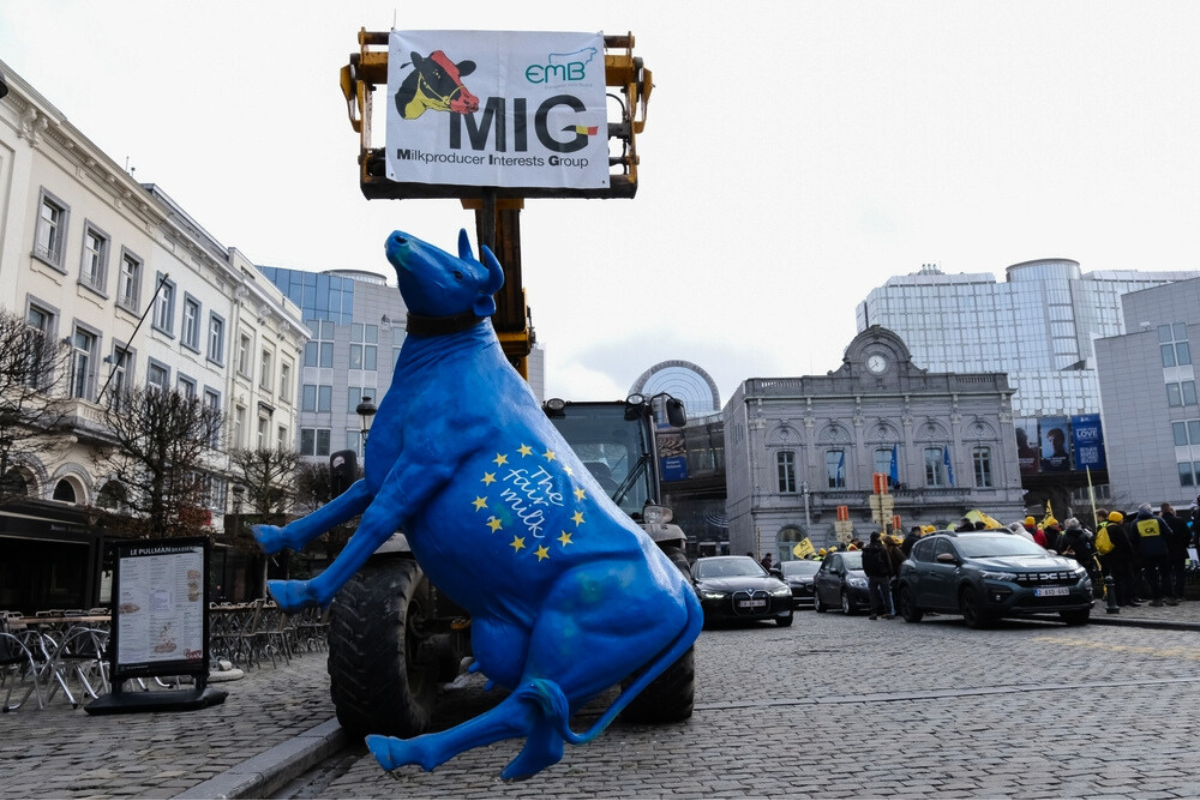COMMODITIES
What the US-China trade deal means for Brazilian soy

US President Donald Trump and Chinese President Xi Jinping during their Oct. 30 meeting in Busan, South Korea. Photo: Daniel Torok/White House
The United States and China announced a long-awaited trade truce late last week after a meeting between Presidents Donald Trump and Xi Jinping. The US agreed to reduce tariffs in exchange for China maintaining exports of rare earths and resuming purchases of soybeans from American farmers. According to Chinese authorities, the deal will last one year.
US farmers met the truce with relief, after months of China boycotting their soybeans, including at the start of the American marketing year in September. Amid tense trade talks between Washington and Beijing, Chinese buyers turned to soybeans from Brazil and Argentina to meet their demand…

🔒 This was a free preview; the rest is behind our paywall
Don’t miss out! Upgrade to unlock full access. The process takes only seconds with Apple Pay or Stripe. Become a member.

Why you should subscribe
We’re here for readers who want to truly understand Brazil and Latin America — a region too often ignored or misrepresented by the international media.
Since 2017, our reporting has been powered by paid subscribers. They’re the reason we can keep a full-time team of journalists across Brazil and Argentina, delivering sharp, independent coverage every day.
If you value our work, subscribing is the best way to keep it going — and growing.
Interested in advertising with us? Get in touch.
Need a special report? We can do it.
Have an idea for an article or column? Pitch us









